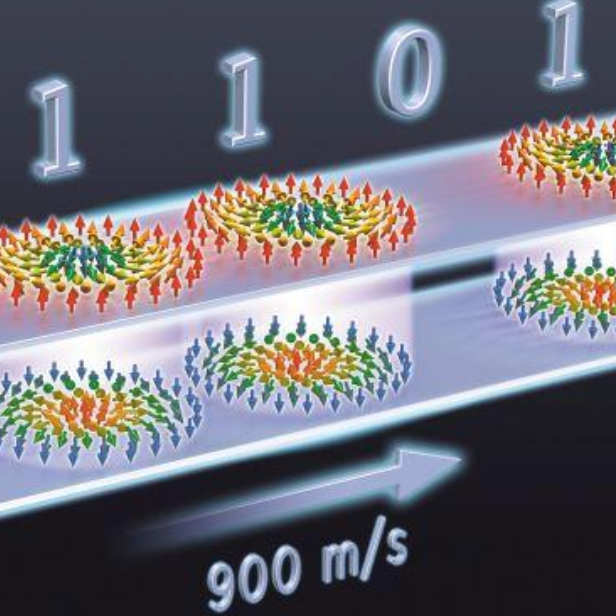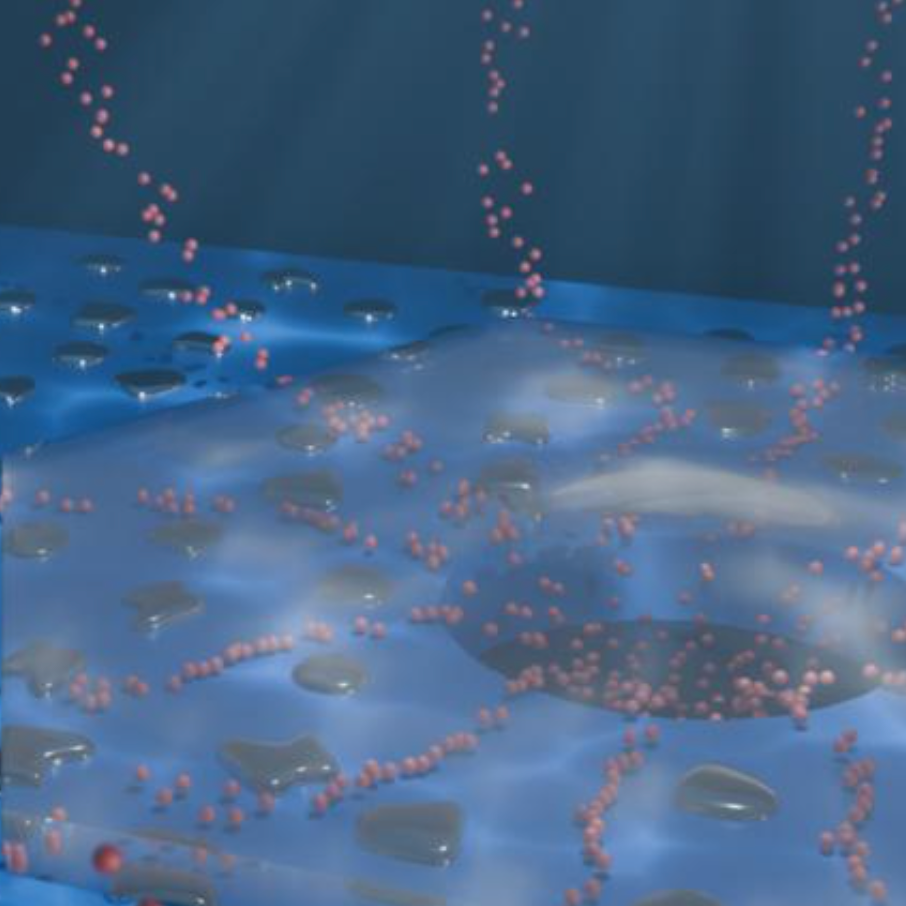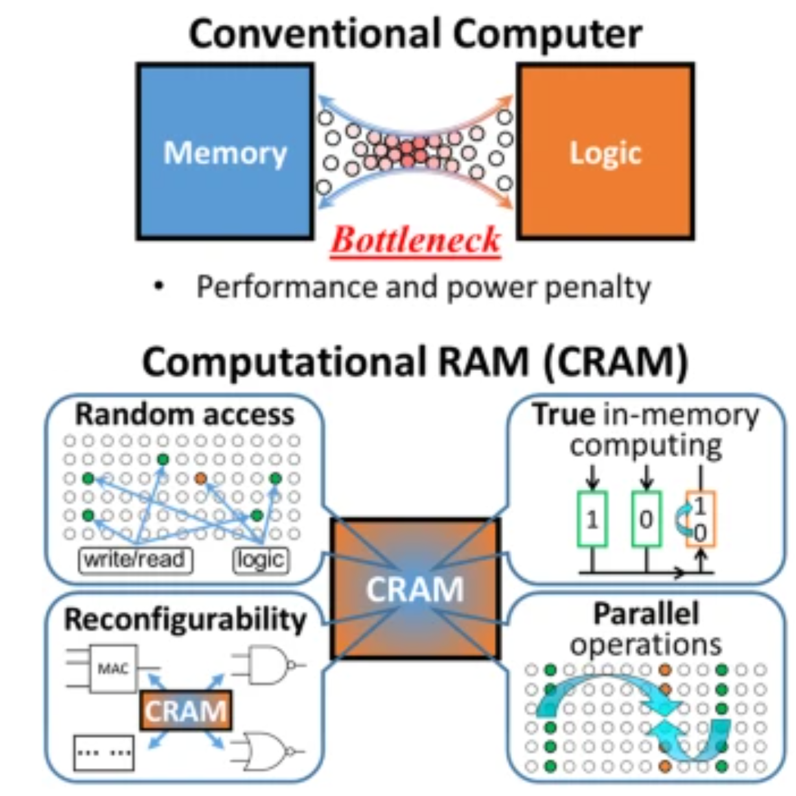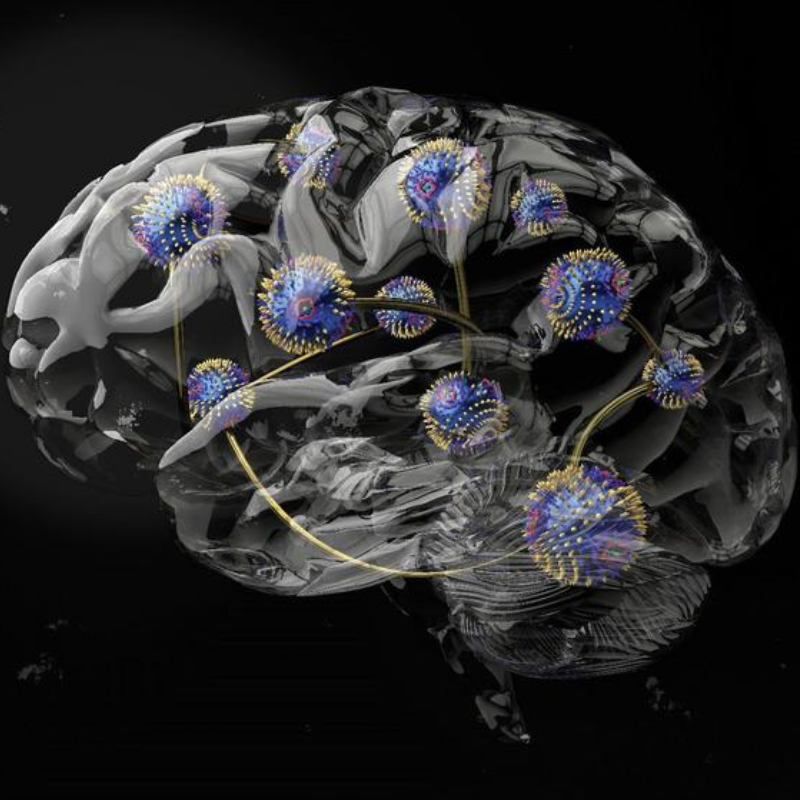Analog computing solves complex equations using far less energy
Mar. 14, 2024.
2 mins. read.
8 Interactions
Memristors can run AI tasks at 1/800th power: studies reported in IEEE Spectrum
A team of researchers demonstrates that a memristor device can solve complex scientific problems by using significantly less energy—overcoming one of the major hurdles of digital computing. [Happy Pi Day!]
Overcoming a traffic jam
Many of today’s important scientific questions can be explored using complex equations. But today’s digital computing systems are reaching their limit for performing these computations in terms of speed, energy consumption and infrastructure.
Accordng to Qiangfei Xia, UMass Amherst professor of electrical and computer engineering, one of the corresponding authors of a paper in the journal Science, with current computing methods, every time you want to store information or give a computer a task, it requires moving between memory and computing units. With complex tasks moving larger amounts of data, you essentially get a processing “traffic jam,” Xia says.
Reducing data transfers
Traditional computing has aimed to solve this is by increasing expensive bandwidth. Instead, Xia and his colleagues at UMass Amherst, the University of Southern California, and computing technology maker, TetraMem Inc. have implemented in-memory computing, using analog memristor technology to avoid these bottlenecks by reducing the number of data transfers.
The team’s in-memory computing relies on an electrical component called a memristor (a combination of “memory” and “resistor”). It controls the flow of electrical current in a circuit, while also “remembering” the prior state (even when the power is turned off). Today’s transistor-based computer chips can only hold information while there is power.
When organized into a “crossbar array”, a memristive circuit does analog computing, using physical laws in a massively parallel fashion, substantially accelerating matrix operation, the most frequently used but very power-hungry computation in neural networks.*
Reducing energy while speeding up computation
In their new research, “we propose and demonstrate a new circuit architecture and programming protocol that can efficiently represent high-precision numbers using relatively low-precision analog devices, such as memristors, with a greatly reduced overhead in circuitry, energy and latency, compared with existing quantization approaches,” says Xia.
“The breakthrough for this particular paper is that we push the boundary further,” he adds. “This technology is not only good for low-precision, neural network computing, but it can also be good for high-precision, scientific computing.”
“Our research in the past decade has made analog memristor a viable technology. It is time to move such a great technology into the semiconductor industry to benefit the broad AI hardware community”, Xia suggests.
Citation: Song, W., Rao, M., Li, Y., Li, C., Zhuo, Y., Cai, F., Wu, M., Yin, W., Li, Z., Wei, Q., Lee, S., Zhu, H., Gong, L., Barnell, M., Wu, Q., Beerel, P. A., Shuo-Wei Chen, M., Ge, N., Hu, M., . . . Yang, J. J. (2024). Programming memristor arrays with arbitrarily high precision for analog computing. Science. https://www.science.org/doi/10.1126/science.adi9405
Let us know your thoughts! Sign up for a Mindplex account now, join our Telegram, or follow us on Twitter.


.png)

.png)


.png)







2 Comments
2 thoughts on “Analog computing solves complex equations using far less energy ”
very nicce
🟨 😴 😡 ❌ 🤮 💩
Thank,s for project
🟨 😴 😡 ❌ 🤮 💩